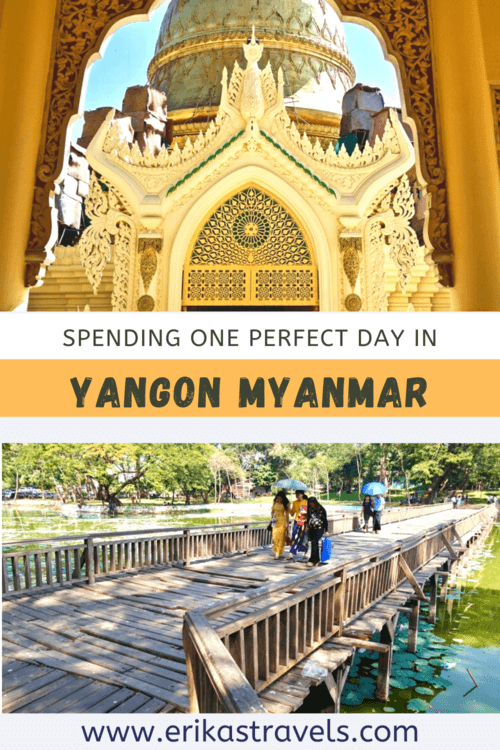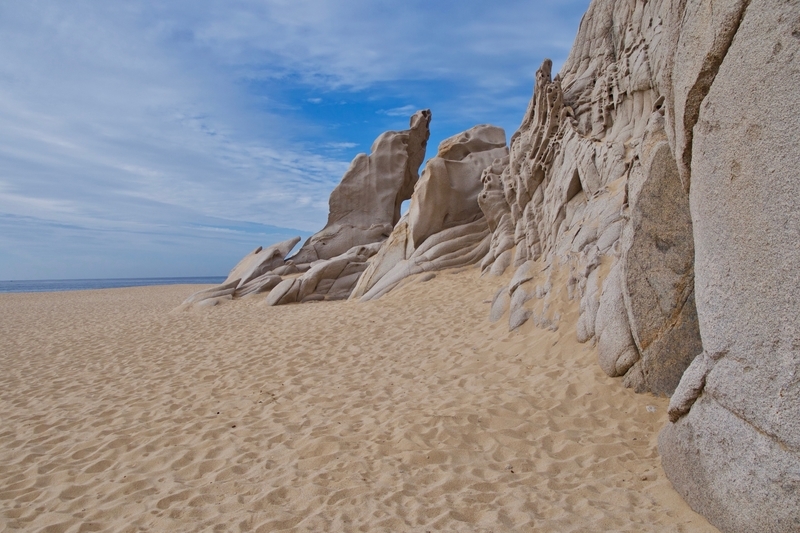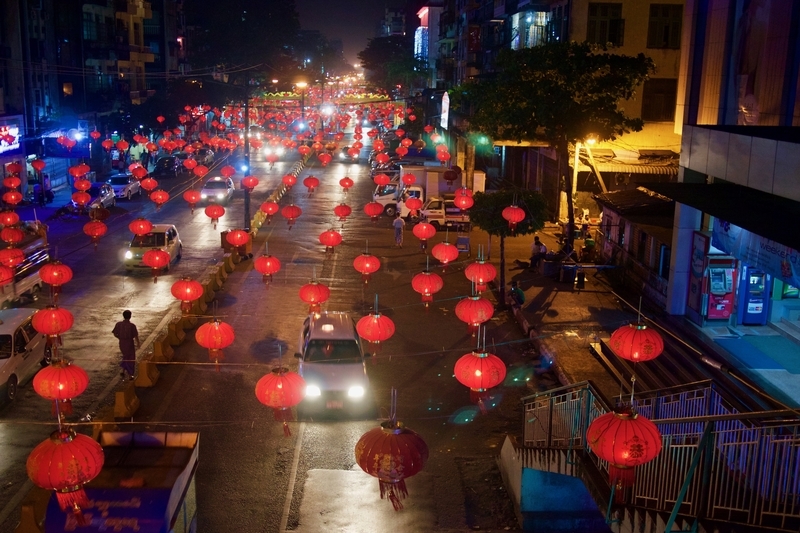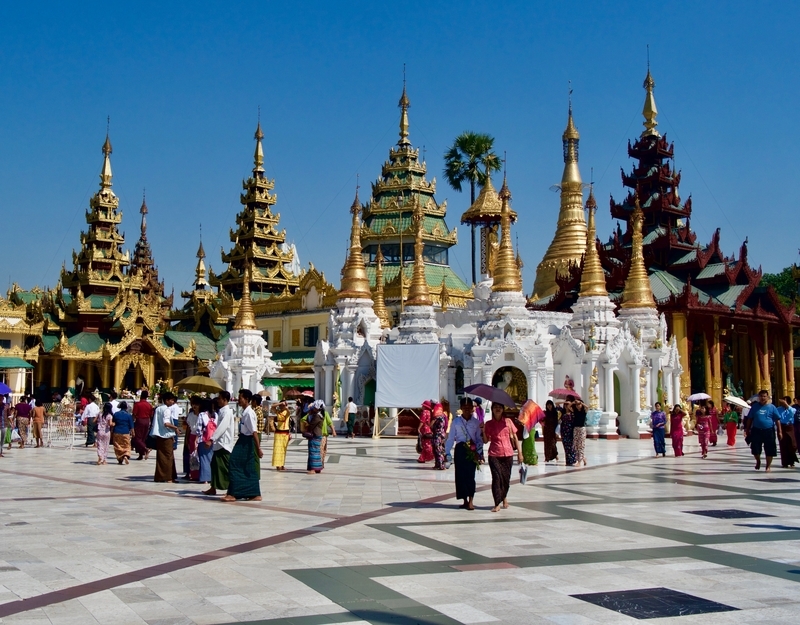
One Day in Yangon Myanmar: Land of Golden Pagodas
Myanmar is a land of shimmering stupas and crumbling pagodas. The country is home to ancient ruins, vibrant cities, friendly people, and beautiful nature.
Yet, despite housing some of the great attractions in Southeast Asia, the country has only recently opened its doors to international travelers. For years, Myanmar’s repressive military junta cut the country off from the rest of the world. And as a result, the Land of Golden Pagodas became a sort of black hole on the map of seasoned travelers.
But times have changed and the Burmese people—while still suffering human rights abuses at the hands of the government—are looking toward the future with newfound optimism. Today, thanks to the country’s relaxed policies and smattering of noteworthy attractions, visitors are beginning to trickle in.
For most international travelers, Yangon is the gateway to Myanmar. The cosmopolitan city is Myanmar’s commercial and artistic hub. It is vibrant, bustling, and still largely free of the tourist hoards that have descended on Southeast Asia in recent decades.
ONE DAY YANGON ITINERARY
Like most other tourists to Myanmar, I began my whirlwind Myanmar tour in Yangon—the country’s largest city and international gateway.
Since my friend and I had plans to catch an overnight bus to Bagan on the evening following our arrival in Myanmar, we only spent one day in Yangon.
However, during our short 24 hour visit to the city, we enjoyed wandering about the old town’s narrow alleyways, sampling Burmese street food and reveling in the shadow of the great Shwedagon Paya.
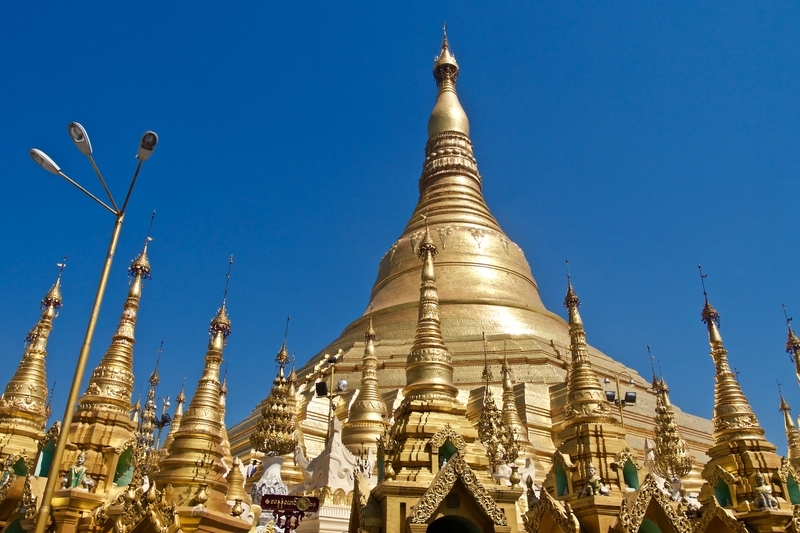
We found Yangon to be pleasant and walkable city. Yangon’s wide avenues are lined with leafy trees and its numerous city parks provide respite from the chaotic traffic. In its narrow alleyways, Yangon boasts an impressive mix of colonial buildings with crumbling facades that are begging to be restored.
VISIT THE SHWEDAGON PAGODA
Val and I began our Yangon itinerary at one of Myanmar’s most prominent and beloved tourist attraction—the Shwedagon Pagoda.
The Shwedagon Paya is a pinnacle around which everything in Yangon revolves. A visit to the Shwedagon Paya is one of the architectural highlights of Myanmar and, undeniably, the top thing to do in Yangon. No matter how long you are planning to spend in Yangon, visiting the pagoda is an absolute must.
Legend has it that Shwedagon Pagoda dates back 2,500 years and contains relics of past Buddhas. It is covered in hundreds of gold plates and encrusted with thousands of diamonds.
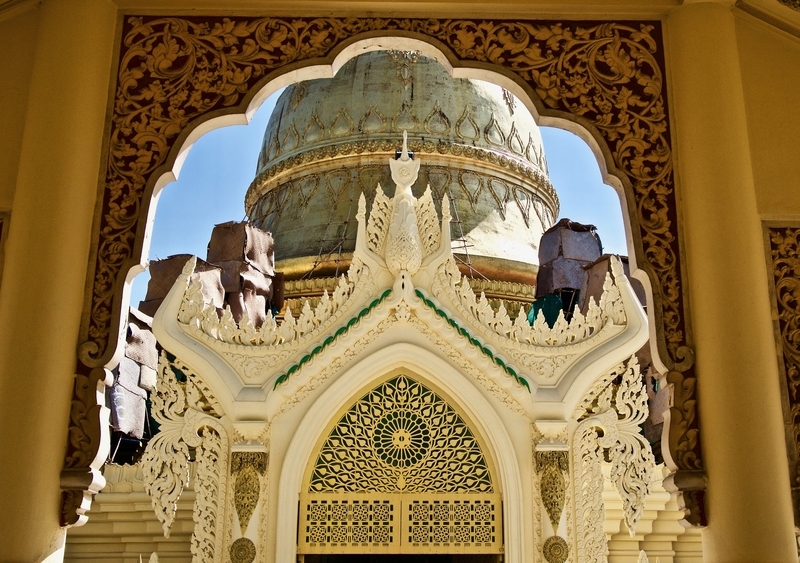
The Shwedagon Paya basks in a dazzling golden glow and can be seen towering over nearly every view of the city. Upon seeing the temple, Rudyard Kipling once wrote that a “golden mystery upheaved itself on the horizon – a beautiful winking wonder that blazed in the sun.”
It is easy to see why. For the Shwedagon Paya is undoubtedly the highlight of the Yangon and one of Asia‘s greatest religious treasures.

Entrance to the Shwedagon Paya costs $8. Though steep for Burmese standards, visiting the pagoda is certainly worth the admission cost.
In fact, if I could go back, I would have paid the entrance fee twice: once to see the pagoda’s during the day, and once to witness its illuminated golden spires at night.
RELAX IN YANGON’S PARKS
After touring the Shwedegon Paya for much of the morning, Val and I spent the remainder of our day walking through Yangon’s pleasant lakeside parks. Within easy walking distance of the dazzling pagoda, lie People’s Park and the Kangawgyi Gardens.
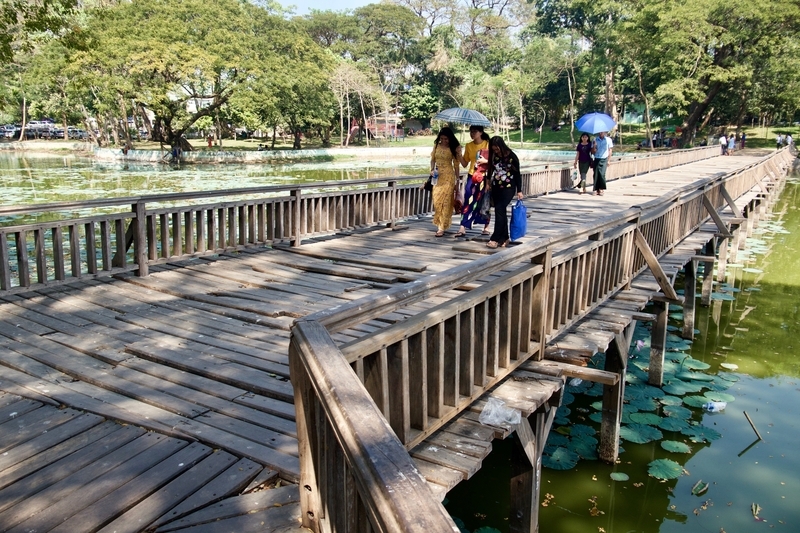
We found the gardens to be a wonderful place to bring a picnic lunch and simply watch the world go by.
SAMPLE STREET FOOD IN CHINATOWN
Val and I ended our day in Myanmar with a visit to the night markets in Yangon’s Chinatown.
Chinatown lies west of the Sule Pagoda, in downtown Yangon. It is a fantastic place to sip a Myanmar beer, sample fermented tea leaf salad, and soak in the city’s festive air.
Our visit to Myanmar coincided with Chinese New Year celebrations in Yangon. From outside the centrally located Shwe Yo Vintage Hostel, we found ourselves in the heart of the celebrations. Chinese lanterns hung above our heads, while dragon dancers and drummers filled the streets.
TRAVELING IN MYANMAR
In 2015, Myanmar voted in its first democratically elected government in more than half a century. Sanctions have lifted, censorship laws have been relaxed and people are partaking in open discussions about once-taboo topics.
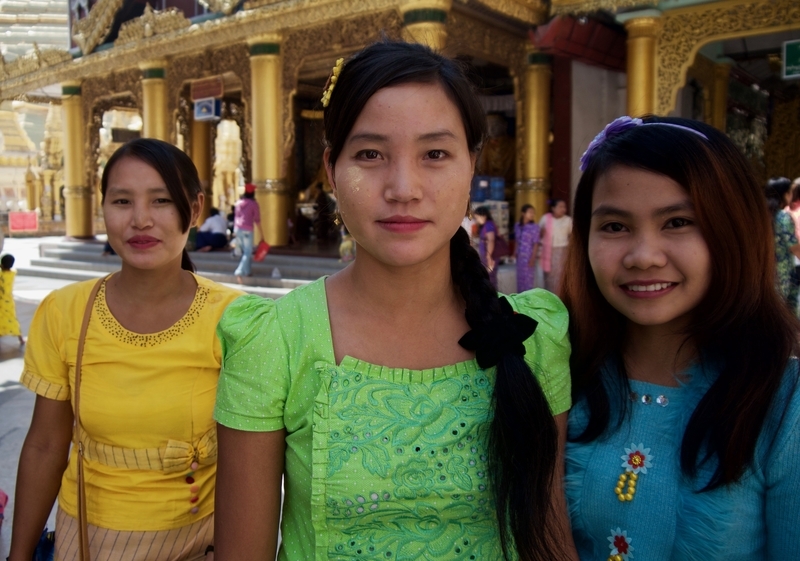
The past few years have ushered in a new era for tourists, too. Myanmar’s once-impenetrable borders are opening up, tourist infrastructure is increasing, and places like Bagan and Inle Lake are becoming staples of Southeast Asia’s Banana Pancake Trail.
Yet, unlike Thailand, where foreigners are a dime a dozen, tourists in Myanmar are still somewhat of a novelty. And everywhere we went during our day in Yangon, Val and I were greeted enthusiastically by curious locals.
****
Myanmar’s political and economic woes are nowhere near over. The country’s civilian-led government, which took office in March 2016, has failed to carry out significant reforms and the military still possesses an inordinate amount of power. Along the country’s western border, the Rohingya Muslims faces ethnic cleansing at the hands of the military. Nationwide, torture and rape of political prisoners is still widespread.
But the Burmese people are resilient and kind and the country is slowly moving forward into a new era of stability and openness.
With the increased ease of travel to the country, I have no doubt that tourists will continue flocking to the Land of Golden Pagodas. And if the trend continues, Myanmar will soon be another Thailand–achingly beautiful, yet largely overrun.
All I can say, is visit soon.
______________________________
Did You Enjoy this Travel Itinerary for One Day in Yangon Myanmar? Pin It!
